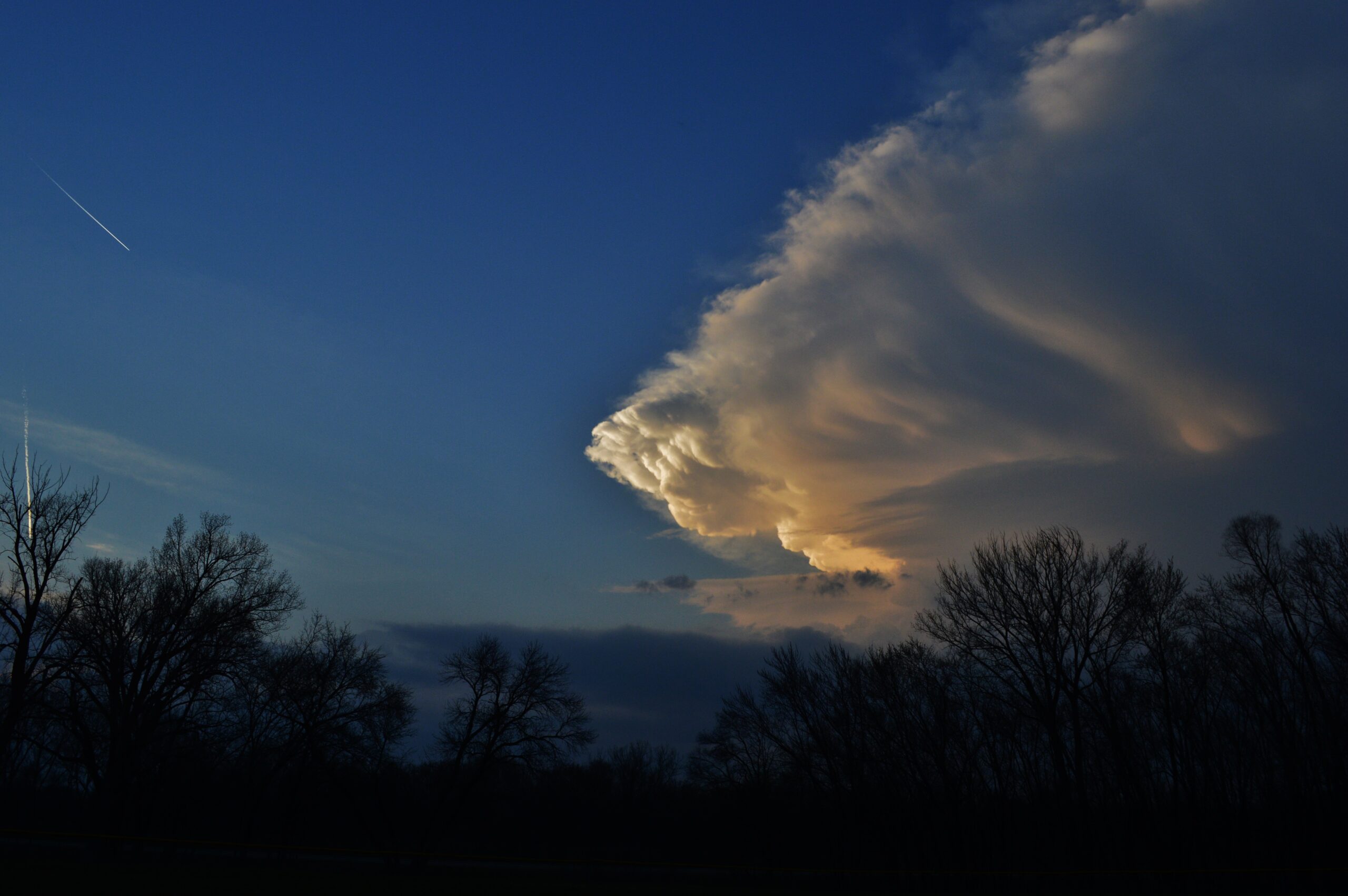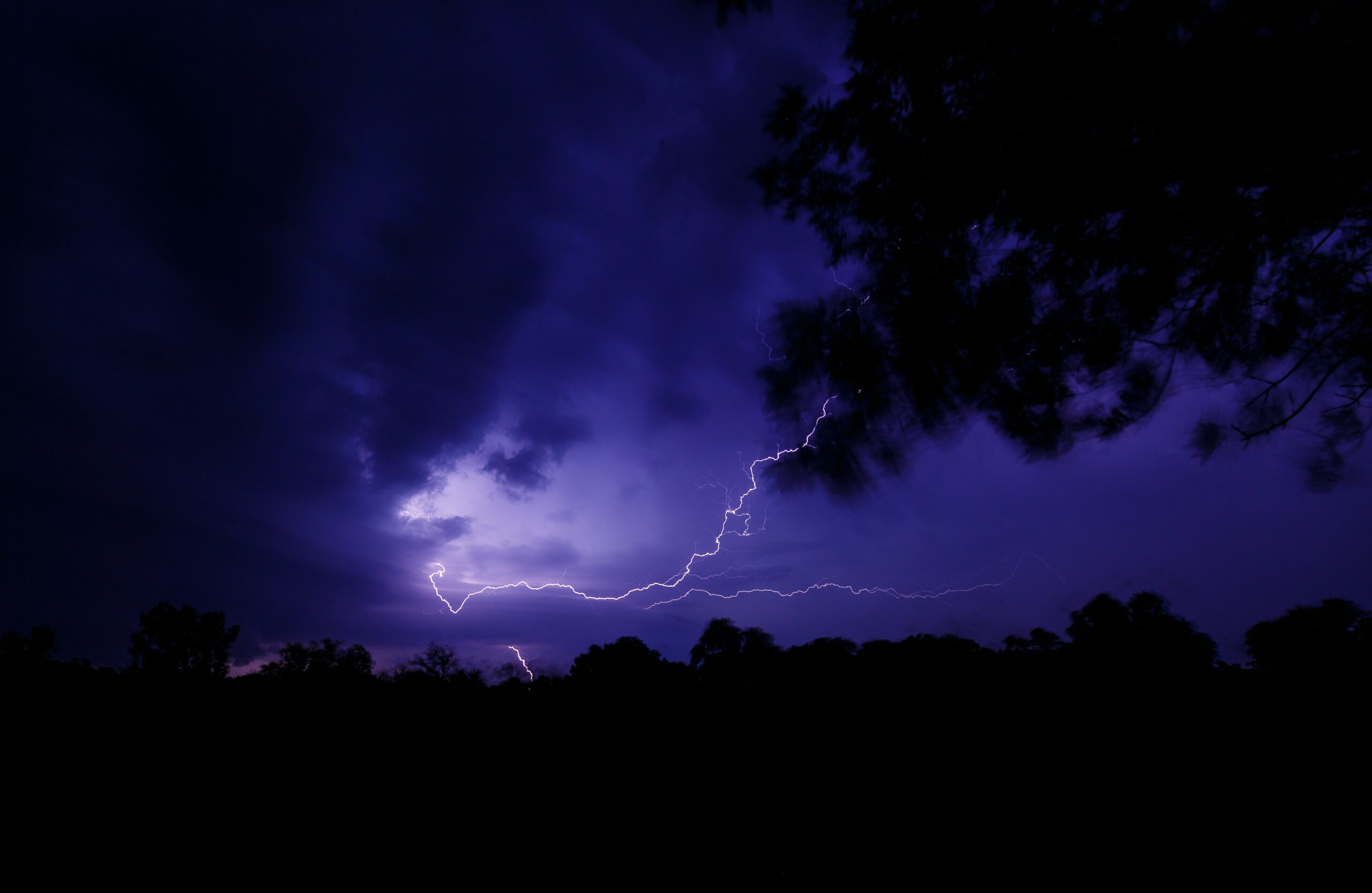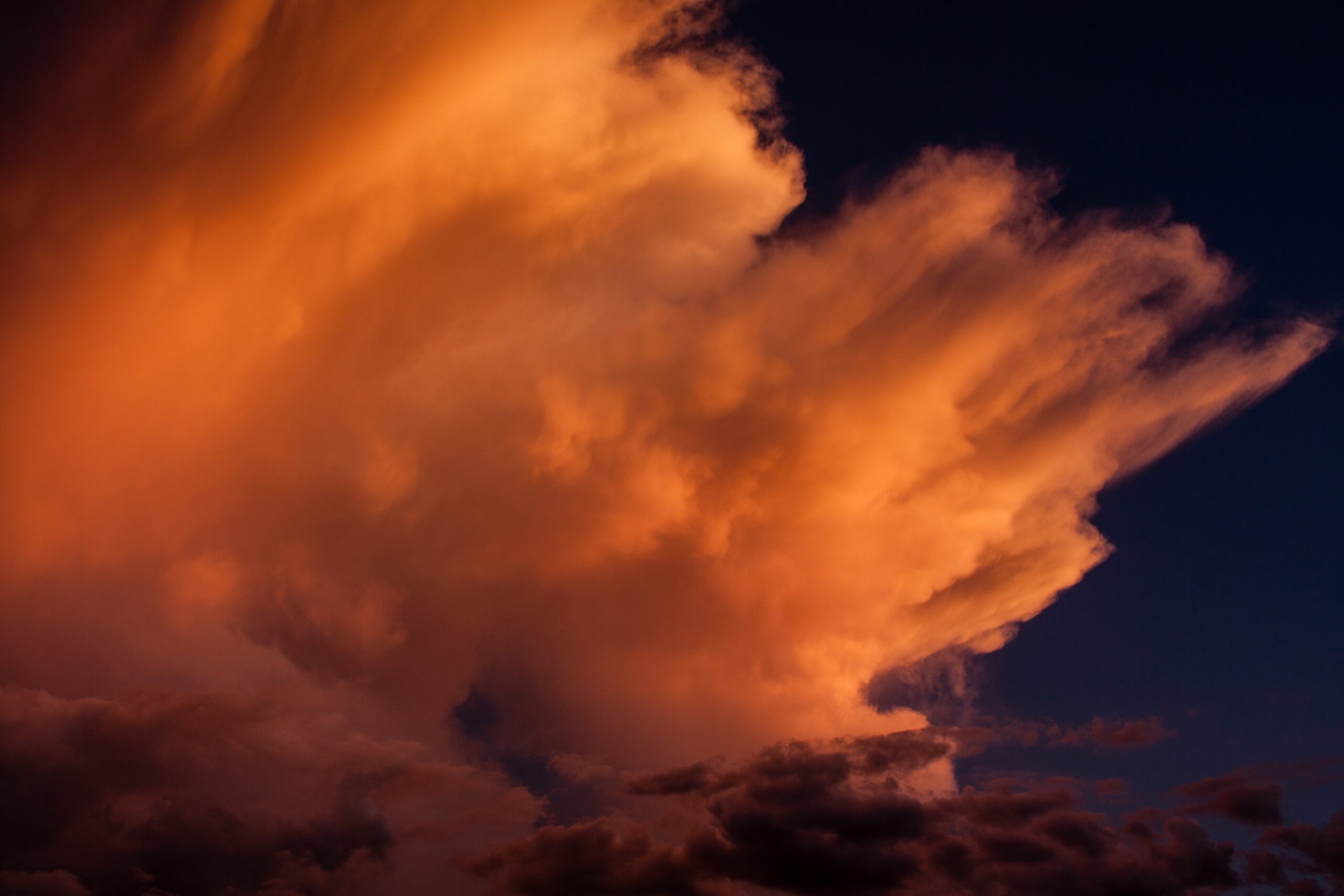Get ready to discover how weather factors can impact your fishing trips! In this article, we will explore the fascinating ways in which wind, rain, and temperature can influence the success of your fishing endeavors. From understanding how wind patterns affect fish behavior to unraveling the mysteries of the rain’s impact on water clarity, you’ll gain valuable insights that will level up your fishing game. So grab your fishing gear, soak up the knowledge, and get ready to reel in some big catches with a better understanding of the weather factors at play!
Wind
Effect of wind on fish behavior
Wind plays a significant role in influencing the behavior of fish. It can create disturbances in the water, impacting the movement and feeding patterns of fish. Strong winds can trigger a change in fish behavior, causing them to seek shelter in calmer areas or even move to deeper waters. On the other hand, gentle breezes can stimulate fish activity by oxygenating the water and increasing the availability of food sources.
How wind affects the feeding patterns of fish
The presence of wind can greatly influence the feeding patterns of fish. When the wind is blowing towards the shore, it often leads to an abundance of insects and other small organisms being blown into the water. This increased availability of food sources can trigger an active feeding response in fish, making it an opportune time for anglers to cast their lines.
Conversely, when the wind is blowing away from the shore, it can cause a decline in food sources near the banks, resulting in reduced fish activity. During such conditions, it may be more effective for anglers to target areas where the wind is blowing towards the shore, as this is where fish are likely to congregate in search of food.
The impact of wind direction on fishing
The direction of the wind can significantly impact the success of fishing endeavors. For example, if the wind is blowing parallel to the shoreline, it can create a natural current that pushes food sources closer to the shoreline, attracting fish to feed in these areas. Anglers can take advantage of this by positioning themselves strategically along the shore, casting their lines into the current to entice fish.
On the other hand, if the wind is blowing directly against the shoreline, it can create choppy waves and make fishing more challenging. In such cases, anglers may need to adjust their fishing techniques by using heavier weights or fishing deeper in the water where fish seek refuge from the turbulent surface conditions.
How wind speed influences fishing techniques
The speed of the wind can also impact the fishing techniques that are most effective. In calm conditions, when there is little to no wind, finesse techniques like drop shotting or using light tackle can be successful in enticing fish to bite. The lack of wind allows for precise presentations and subtle movements that can attract the attention of fish.
On the other hand, when the wind is stronger, it becomes necessary to adapt fishing techniques accordingly. Casting further into the wind or using heavier lures can help overcome the resistance and reach the desired fishing spots. Additionally, the movement and noise generated by the wind can be advantageous as it masks some of the angler’s actions, making it easier to approach fish without startling them.
Using wind to your advantage while fishing
As an angler, understanding and utilizing the wind to your advantage can significantly improve your fishing success. By observing the wind direction and speed, you can determine the areas of the water that are likely to hold fish. Positioning yourself strategically to cast into the wind, or in areas where the wind is pushing food sources towards the shore, can increase your chances of hooking a fish.
It is also important to note that wind can create ripple effects on the water’s surface, which can help camouflage movements and noises made by fishermen. This allows for a stealthier approach towards fish, increasing the likelihood of a successful catch. Additionally, using the wind to your advantage when casting can result in longer and more accurate casts, reaching fish that may be further away from shore.
Understanding the impact of wind on fish behavior and adapting your fishing techniques accordingly can make a significant difference in your angling success. Whether it’s using wind to locate feeding fish or adjusting your presentation to match the conditions, harnessing the power of wind can undoubtedly enhance your fishing experience. So, next time you hit the water, pay close attention to the wind and let it guide you towards a fruitful day of angling.

Rain
Rain’s effect on fish activity
Rainfall can have a notable impact on fish activity. In general, rain stimulates fish and creates a feeding frenzy. It serves as a natural trigger, washing insects and other creatures into the water, providing an abundance of food for fish. The disturbance caused by raindrops hitting the surface also helps mask sounds and vibrations, making fish less wary and more willing to bite.
How rain affects fish feeding habits
When it rains, fish tend to become more active and aggressive in their feeding habits. The increased flow of water carries nutrients and food particles into the water, attracting fish to the surface and creating favorable conditions for feeding. This presents an excellent opportunity for anglers to capitalize on fish that are actively searching for food.
Rain can also cause fish to venture into shallower waters, particularly when heavy downpours create runoff and wash nutrients downstream. As the water becomes more turbid, fish move closer to the shore to take advantage of the washed-in food sources. This makes shoreline fishing particularly productive during and immediately after rain events.
The impact of rainfall intensity on fishing
The intensity of rainfall plays a role in determining the impact on fishing. Light to moderate rain showers are often favorable for fishing, as they provide a steady supply of food and increase the activity level of fish without creating excessive disturbances. Fish tend to be more active and can be lured by a variety of bait and lures during these conditions.
However, fishing during heavy rainfall or thunderstorms can present challenges. Rapidly rising water levels and strong currents can make fishing unsafe and difficult. Fish may also become less active in the face of extreme weather conditions. It is important to prioritize safety during heavy rain and adjust fishing plans accordingly.
Using rain to your advantage while fishing
Making the most of rainy conditions can result in a rewarding fishing experience. Incorporating rain-specific strategies can significantly increase your chances of success. One approach is to focus on fishing near areas where runoff enters the waterbody, such as feeder creeks or culverts. These locations are likely to have a higher concentration of food sources and, consequently, attract fish.
Another effective technique is to use lures or bait that imitate the insects or creatures typically washed into the water by rain. This includes worms, grubs, or nymph patterns that resemble the various aquatic insects and larvae that fish feed on. By matching the natural offerings available to fish during rainy periods, anglers can increase their chances of enticing bites.
Additionally, it can be beneficial to adapt your fishing techniques to account for the conditions created by rain. Casting slightly upstream and allowing your bait or lure to drift naturally with the current mimics the natural movement of food sources and can attract fish. Patience and persistence are key during rainy conditions, as fish might take a bit longer to find and strike your offering.
While fishing in the rain can be exhilarating and rewarding, it is important to stay safe. Be mindful of lightning and thunderstorm activity, and take shelter if necessary. Always prioritize your personal safety when engaging in any outdoor activity.

Temperature
The relationship between temperature and fish behavior
Temperature plays a crucial role in regulating fish behavior. Fish are cold-blooded creatures, meaning their body temperature is determined by their surroundings. As the temperature of the water changes, fish respond by adjusting their activity levels, feeding patterns, and preferred habitats.
In general, fish are most active and tend to feed more aggressively in a narrow range of temperatures. However, different species have specific temperature preferences, and understanding these preferences can greatly enhance your fishing success.
How temperature affects fish metabolism
Temperature directly affects fish metabolism, the rate at which their bodies process food and convert it into energy. Warmer temperatures increase the metabolic rate of fish, resulting in an increase in their activity level and the need for more frequent feeding. This is why fish tend to be more active and readily take bait during warmer seasons.
Conversely, cooler temperatures slow down fish metabolism. In colder water, fish become more sluggish, conserving energy and requiring less food. This can make them more selective in their feeding and may necessitate the use of specific baits or lures to entice bites.
Optimal temperature ranges for different fish species
Each fish species has its own preferred temperature range, within which they are most active and receptive to feeding. Understanding these temperature preferences can help anglers target specific species more effectively.
For example, trout are known to thrive in colder water and typically prefer temperatures between 50°F and 65°F (10°C to 18°C). Bass, on the other hand, prefer slightly warmer water temperatures, typically ranging between 68°F and 78°F (20°C to 26°C). Researching the preferred temperature ranges for your target species can provide valuable insight into when and where to fish for them.
Fishing strategies for various temperature conditions
Adapting your fishing strategies to match the prevailing water temperatures can greatly increase your chances of success. During warmer months, when fish are more active, casting topwater lures or using fast-retrieving techniques can be effective in enticing strikes. Fish are more likely to be found in shallower waters or near structure, such as rocks or submerged vegetation, where the water temperature is cooler.
In colder water, fish tend to seek out warmer pockets or deeper areas where the water temperature is more stable. Fishing slow and deep with techniques like vertical jigging or using live bait near the bottom can be effective in targeting cold-water species. It is crucial to present your bait or lure slowl











